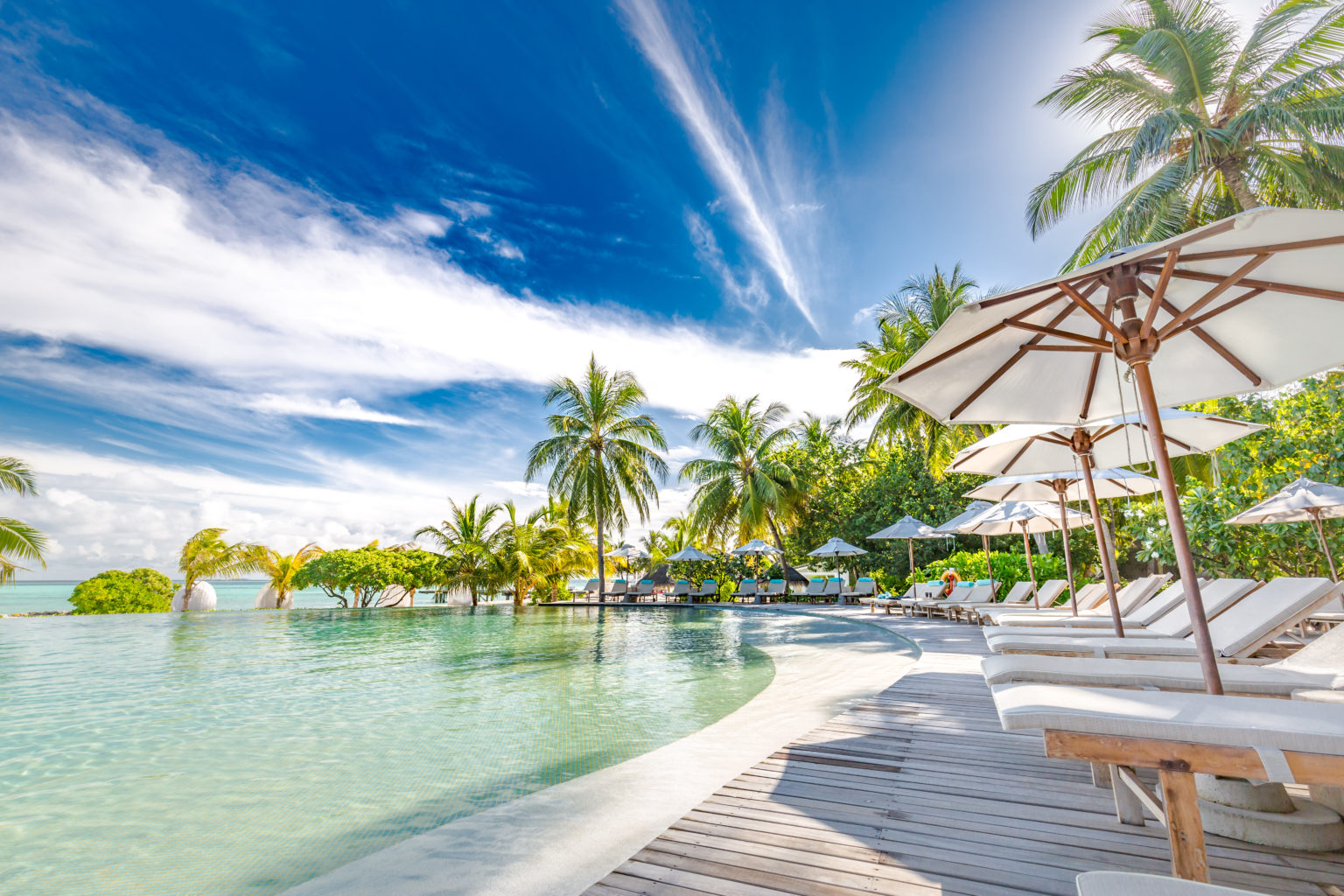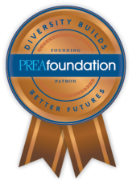- » While the effects of the COVID-19 pandemic on the hotel and hospitality industry were vast, they were also swift.
- » Entering the second half of 2021, the ongoing hotel industry recovery has provided a solid foundation for growth. Return and recovery timelines vary based upon location and product type.
- » With hotels reopening, the U.S. hospitality industry experienced a much-needed surge in travel from the leisure sector, which is expected to continue for the foreseeable future.
- » However, big-box group hotels continue to struggle as corporate and group events pushed demand for that segment into 2022 and 2023.
- » The disruption of the pandemic allowed best-in-class operators to implement capital and operational improvements during periods of low occupancy.
- » Lack of substantial distressed transactions despite near-zero occupancy during mid-2020 illustrates the speed of the COVID-19 shock and generally prudent capital approach.
- » The rollout of the vaccines, traveler sentiment and pent-up demand are the most vital driving factors for the hotel and hospitality sector’s recovery. Industry leaders must continue to stay proactive and connected as they continue to bring the hotel sector back to life.
Enter email address below to have the full report delivered to your inbox.

When compared to other sectors, operations across the hotel industry suffered significantly due to COVID-19. Although the effects were severe, segments of the industry have rebounded quickly due to pent-up demand for leisure travel that emerged with Spring Break 2021 as travelers gravitated towards resort destinations. By mid-2021 leisure travel has already surpassed 2019 levels in specific destinations, while the return of corporate and group travel is not expected to witness a meaningful rebound until 2022 as events continue to be rescheduled and/or occur with attendance caps.
While trailing operating metrics remain abysmal, forward forecasts range from modest to downright rosy, when looking at big-box hotels to well-located leisure properties, respectively. As of July 2021, lodging REIT valuations are approximately in-line with pre-COVID-19 levels, indicating the hospitality industry is comfortable with the overall health of the sector and the ability to recover completely.
Sources
1 STR, U.S. Hotel Performance, April 2020
2 HVS, “COVID-19s Impact on the Los Angeles Hotel Market”, April 2021
3 U.S. Bureau of Labor Statistics, All employees, accommodation, seasonally adjusted, July 2021
4 Fortune, “Luxury Resorts in Mexico Prepare for a Rush on Travelers this Spring and Summer”, April 2021
5 Wall Street Journal, “As New York Reopens, Many of its Hotel Rooms Look Closed for Good”, June 2020
6 PWC, U.S. Hospitality Directions, May 2021
7 The New York Times, ” As Delta Variant Surges, Outbreaks Return in Many Parts of the World”, July 2021
8 U.S. Centers for Disease Control and Prevention, June 2021 9 PWC, Remote Work Survey, January 2021
9 Reuters, “U.S. Airlines Sitting on $10 Billion Owed to Consumers for Canceled Flights, Lawmakers Say”, April 2020
10 NorthStar Meetings Group, “The Latest on Hotel Reopenings and Closings Due to COVID-19”, April 2021







